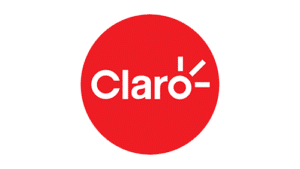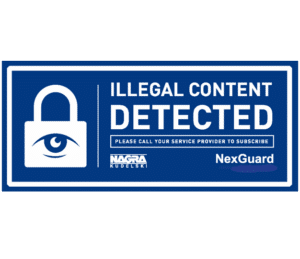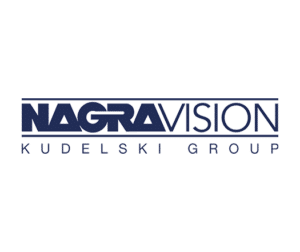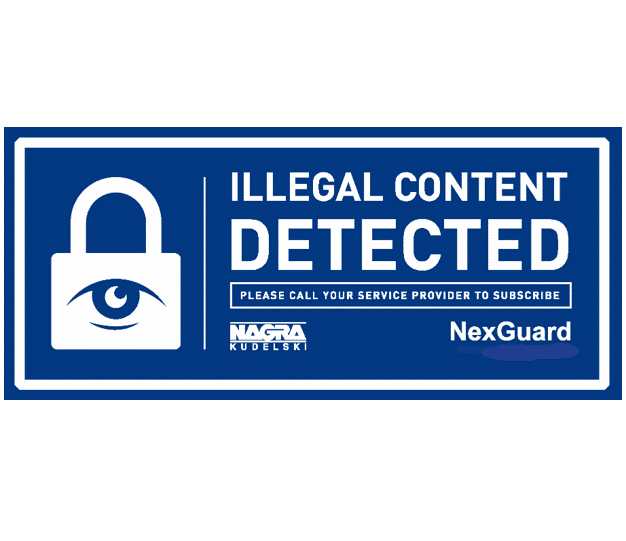How can content producers and distributors quickly identify which licensee’s TV channels and territories are the targets of today’s pirates?
By Tim Pearson, Sr. Director Product Marketing at NAGRA
Content piracy continues to be a significant problem for the video industry – and one that has been accelerated by the pandemic given everyone has been confined and seeking out new content – a problem which has been heightened further given the impact on linear production schedules.
No wonder then that those searches for content have pushed the envelope of what is legal – and in some cases, ripped it right open as the growth of illicit sites purporting to offer new and exciting content at unbelievable prices inevitably attracts those who would normally not stray outside of their existing subscription. The question then, is how can content producers and distributors quickly identify which licensee’s TV channels and territories are the targets of today’s pirates?
Piracy creates a significant revenue gap – digital TV research estimate that $26.6B was lost in 2016 and this is likely to extend to $51.6B in 2022. Pandemics aside, it’s clear that this is a problem which is set to continue, or it will continue to affect the very thing being pirated in the first place; the amount of investment available to produce high-quality content with universal appeal – and right now, no further seasons of Game of Thrones or its equivalent is not a prospect anyone wants to consider.
If we also consider live sports, our friends at ATEME estimate over 50% of millennials have confessed to watching illegal streams of live sports which has created an estimated 200 billion visits to pirate sites – the commercial ramifications of which are both mind-boggling and a cause for extreme concern.
So, this is a pain that is not going to go away and needs direct-action taken against it. This is where NAGRA NexGuard forensic watermarking solutions are playing a key role with leading content producers and distributors. Some might think that leaks only start appearing when content is distributed by pay-TV platforms, but this sadly is not always the case which is why solutions like NAGRA NexGuard NetworkID provides watermarking right from the contribution stage all the way through primary and secondary distribution, before additional NAGRA NexGuard solutions are used to further secure the content as it is delivered to consumer devices. This can work across the full distribution chain – from contribution to distribution using a combination of ATEME encoding/decoding and NAGRA NexGuard watermarking.
Once pirate events are identified and the necessary video is captured and submitted to the NAGRA NexGuard Detection Service then service providers have access to the data that allows them to review the level of piracy and the associated trends for their premium content channels – including key metrics like availability of the pirate service, what content is available on the pirate service and the number of unique infringements. Through the use of NAGRA NexGuard NetworkID, further intelligence is available such as the licensee’s TV channels most impacted by piracy, the ratio of piracy per distribution channel and the impact of making anti-piracy responses.
Fighting piracy is one of the biggest challenges facing the video industry today and securing content from the outset is a key part of a wider service security strategy to ensure that premium content is successfully protected so it may be enjoyed by paying subscribers.
To learn more from my colleague and product expert, Gabriel Cantin, watch the ATEME’s 24h event session on demand by registering here. Our session is the last one: Secure Content with Forensic Watermarking. Watch it now to hear more about how securing your linear content from contribution to distribution can ensure that your content investment remains in pole position.
Alternatively, contact us here to continue the conversation and learn more about NAGRA’s range of investment-protecting solutions.























